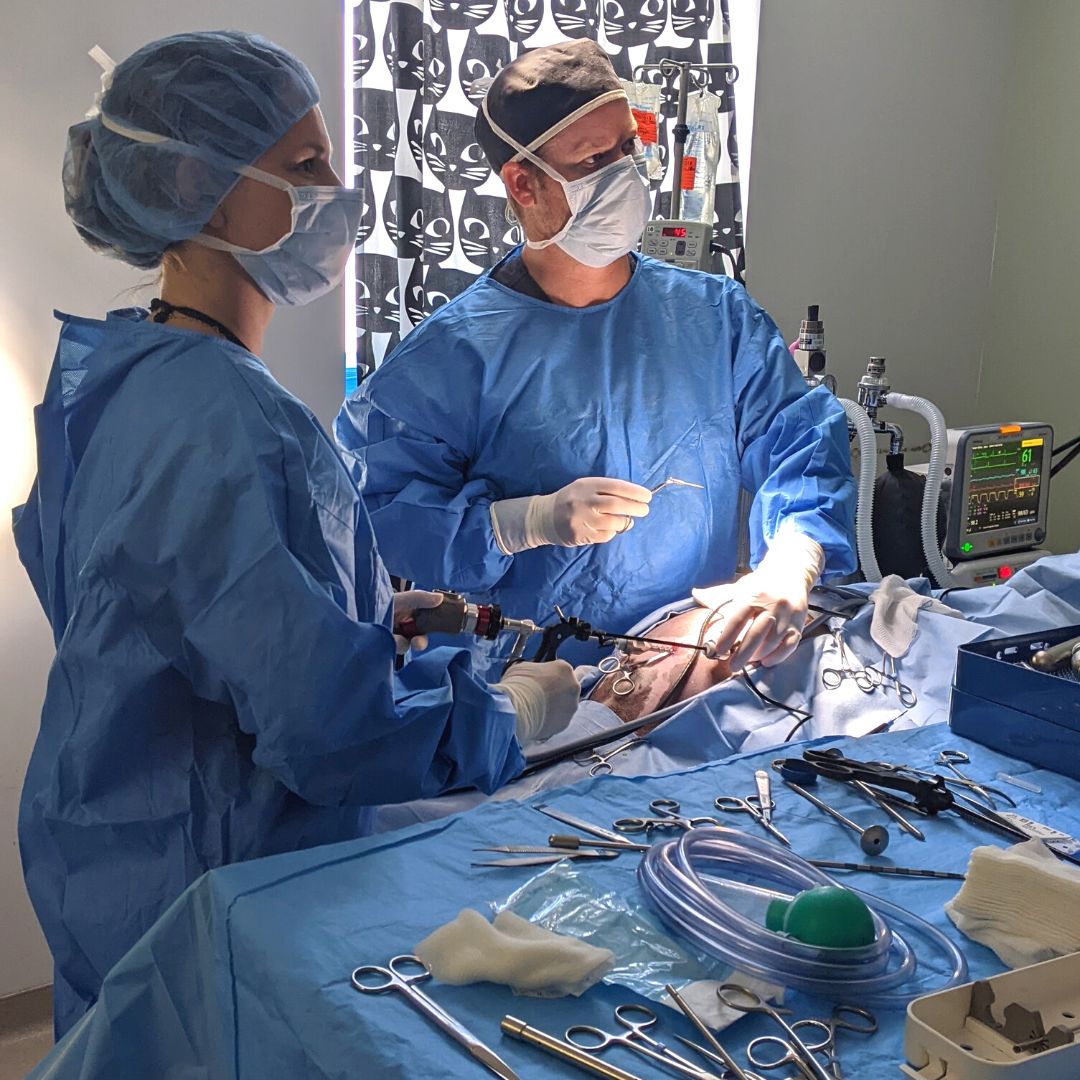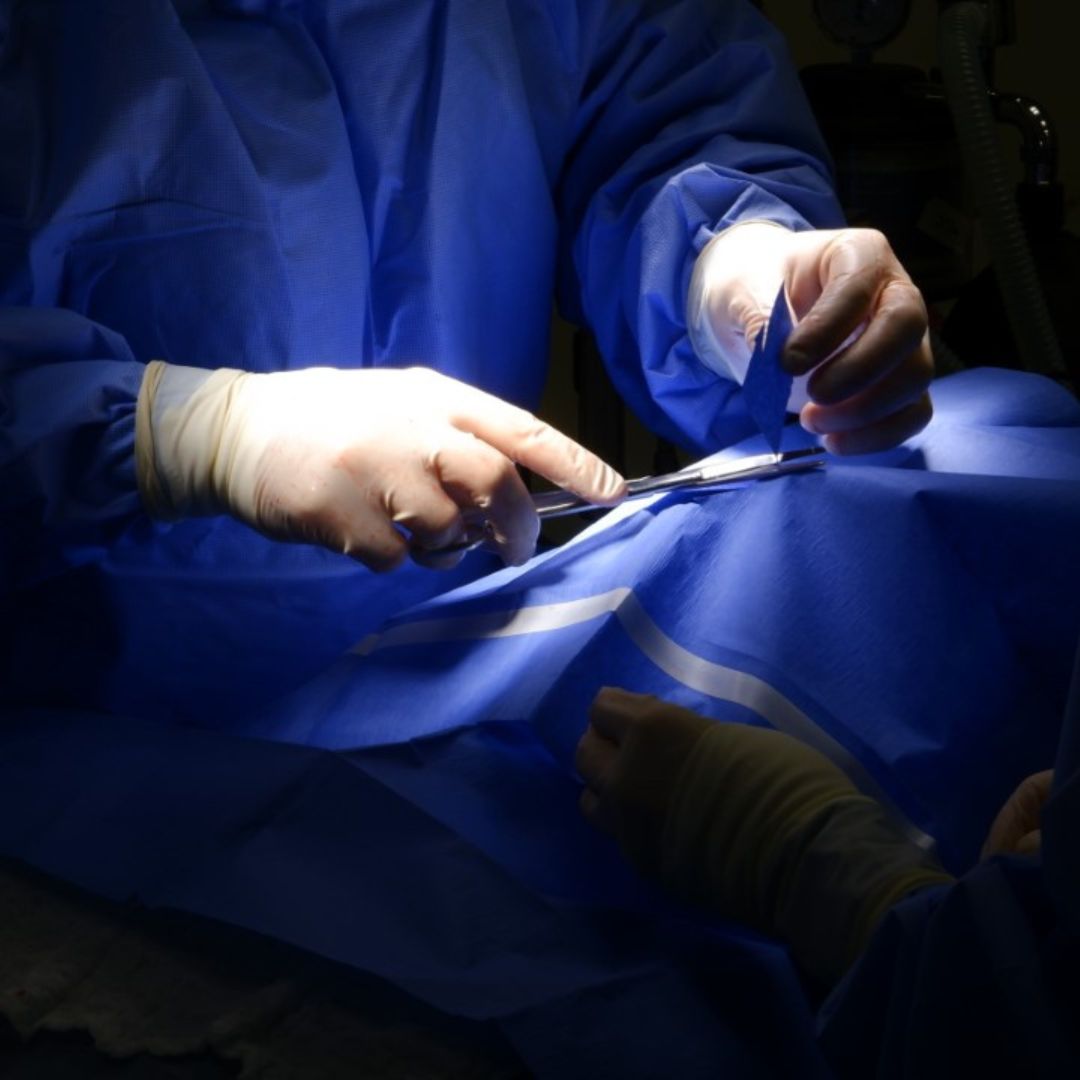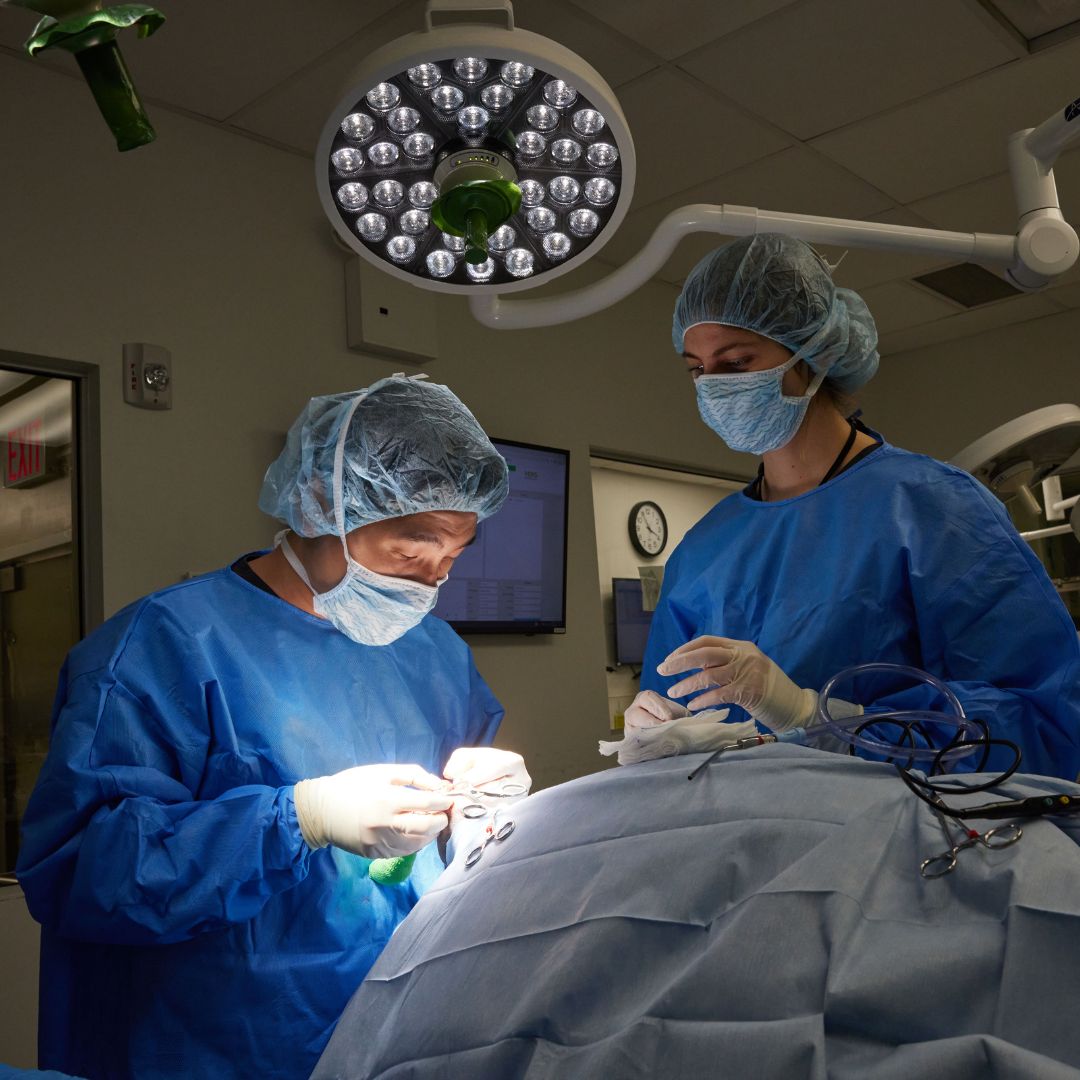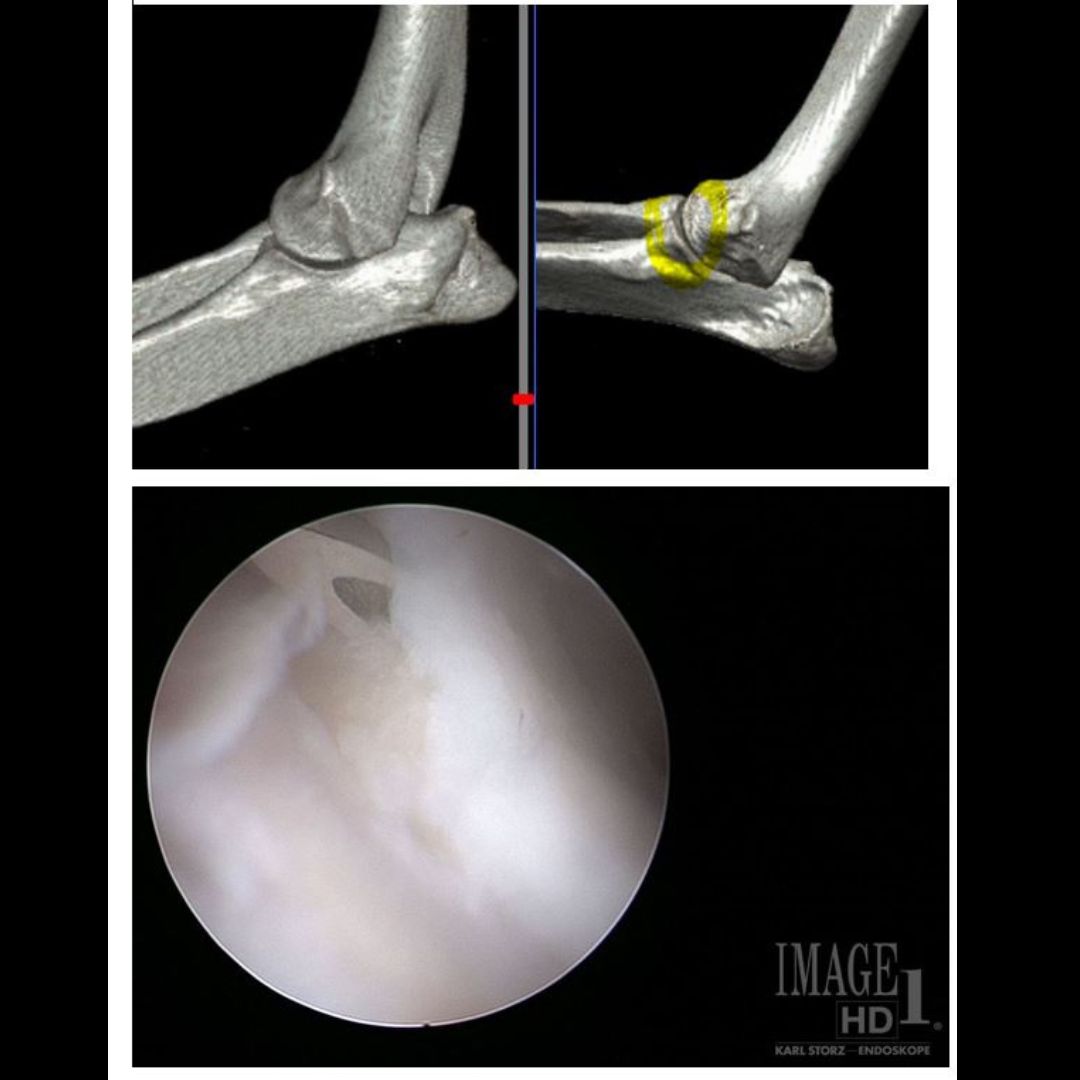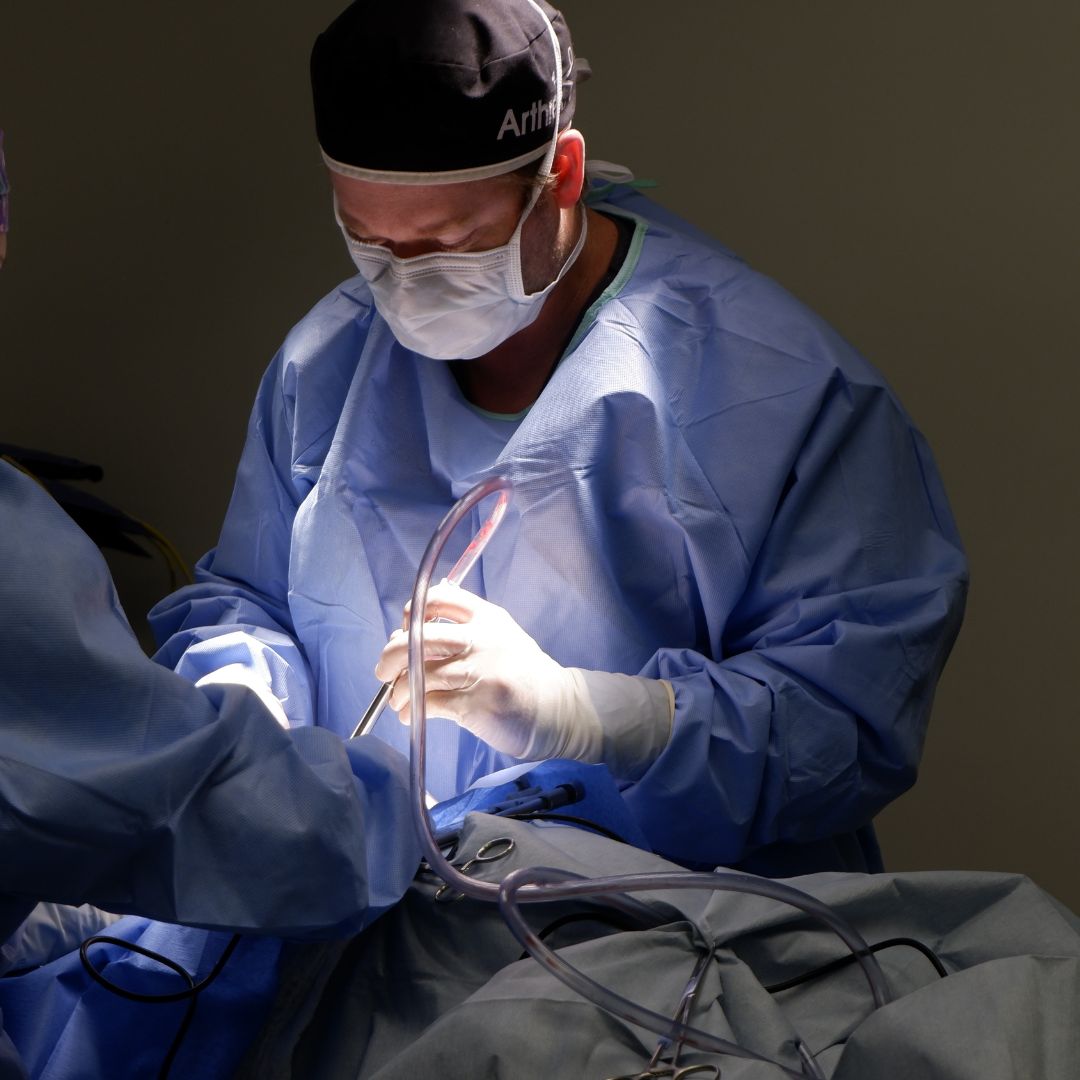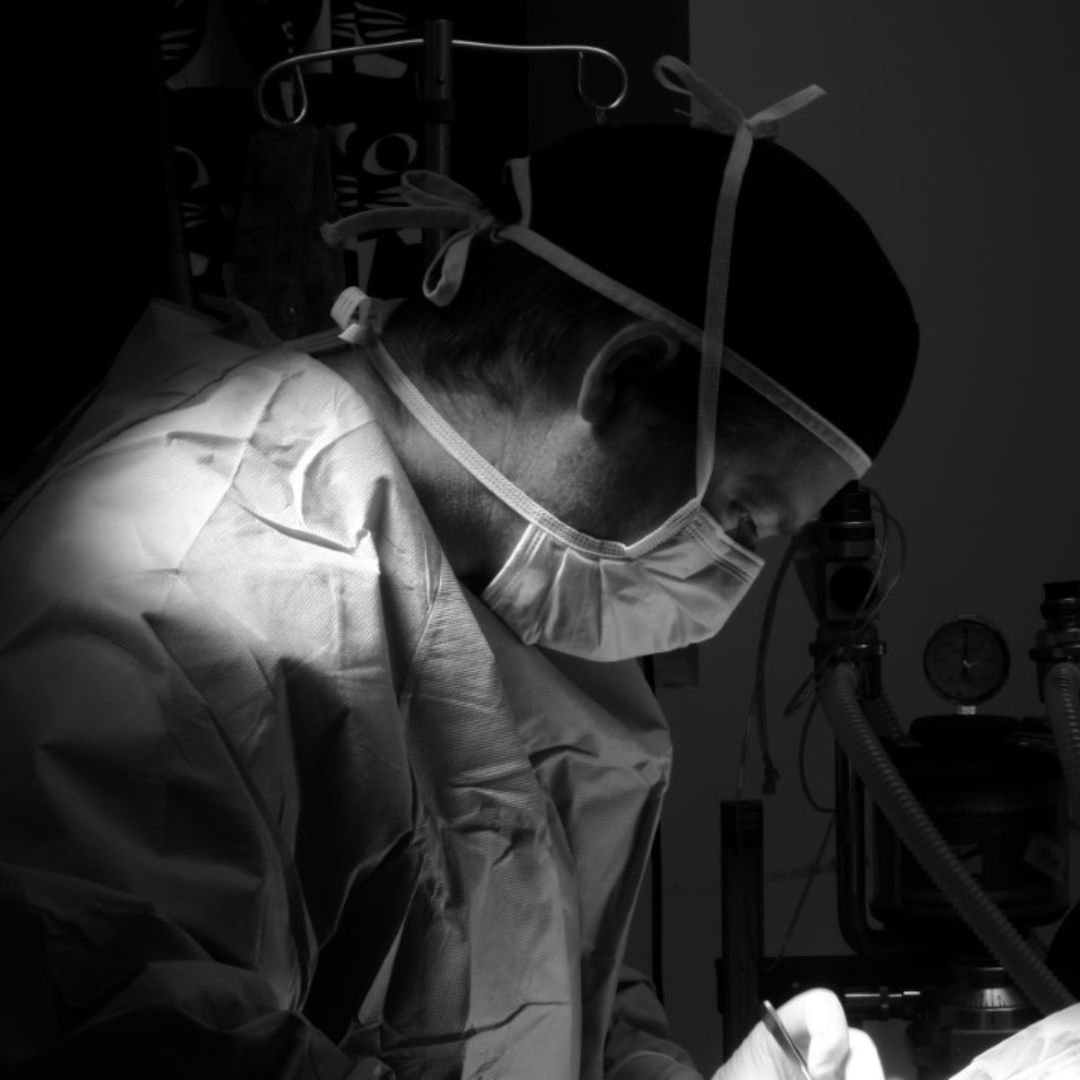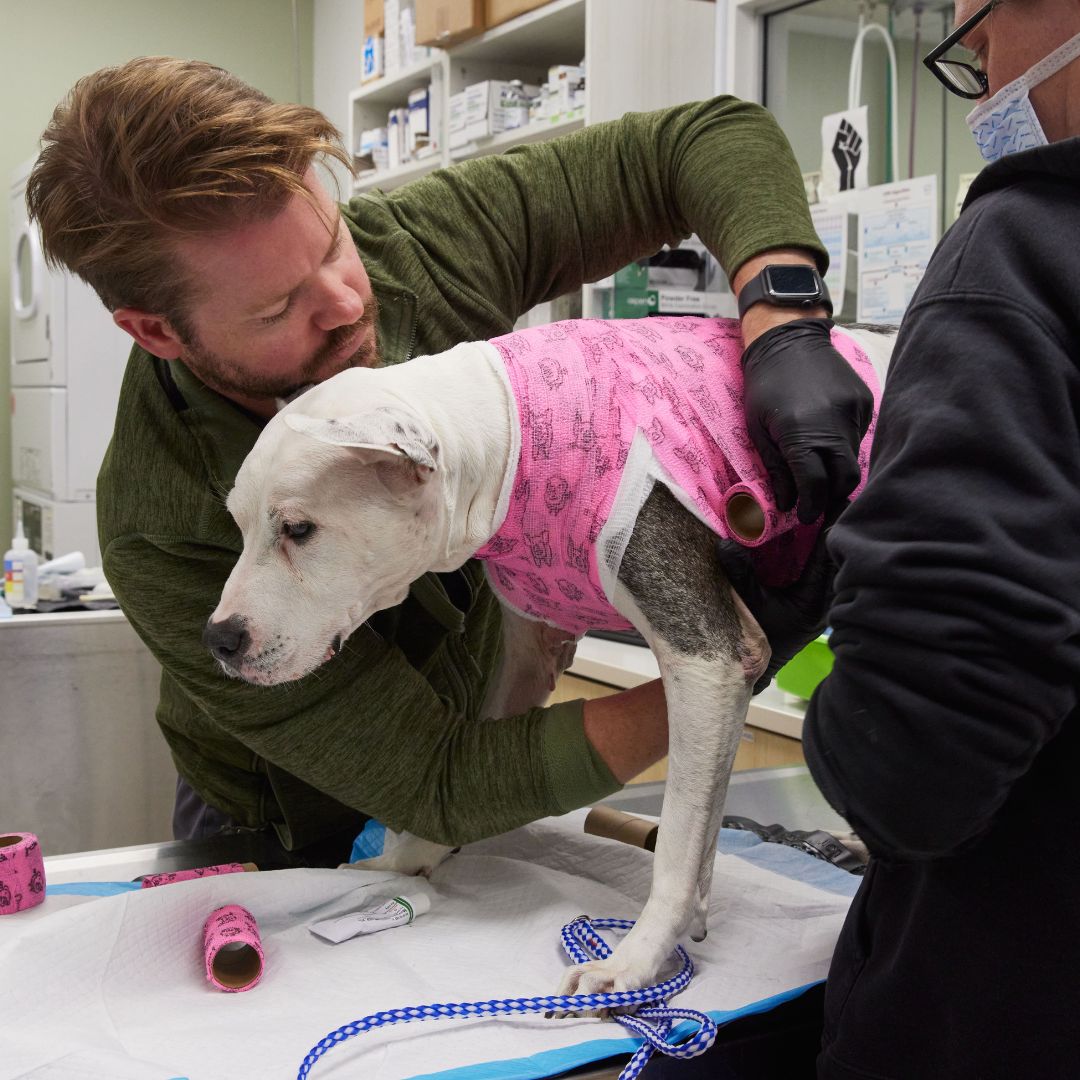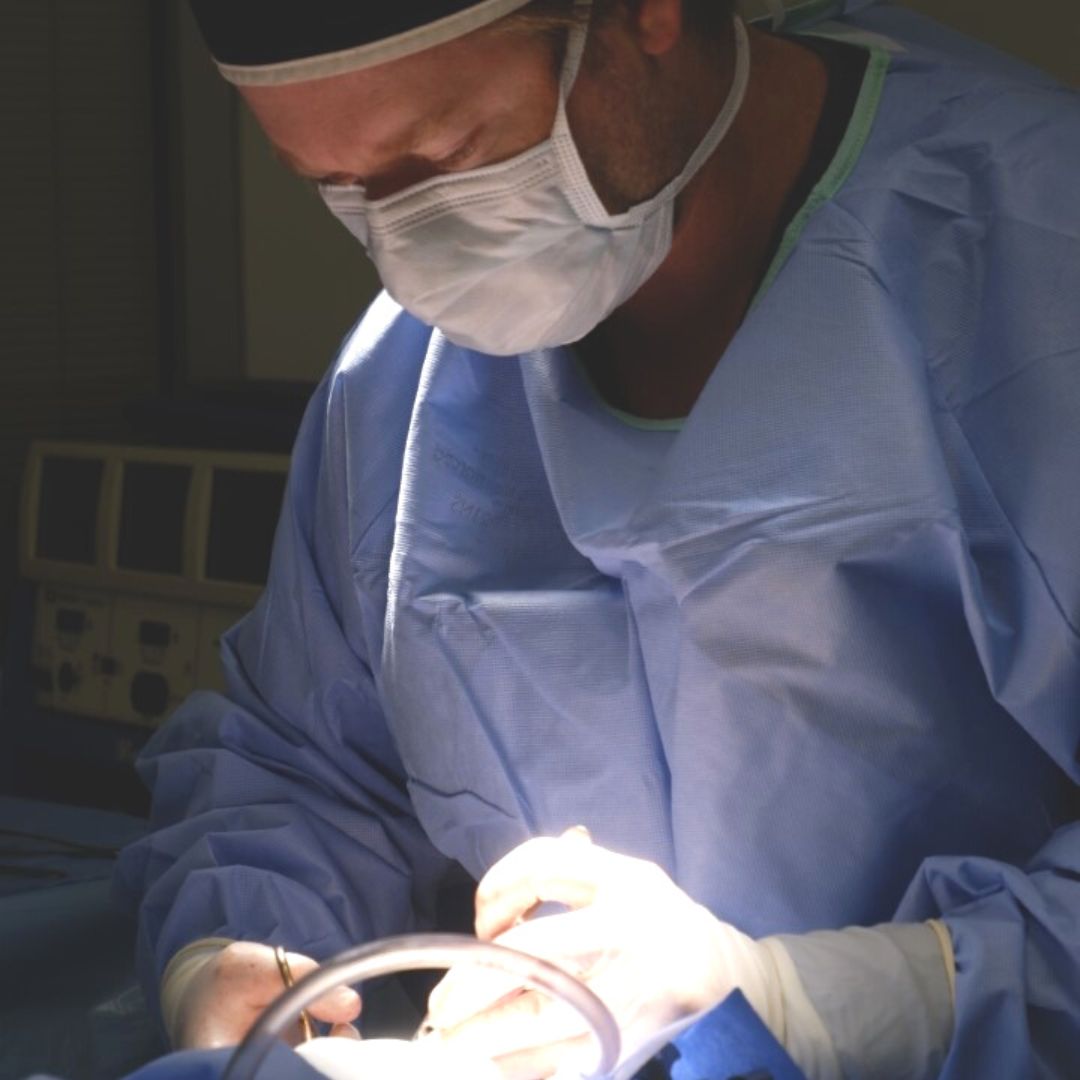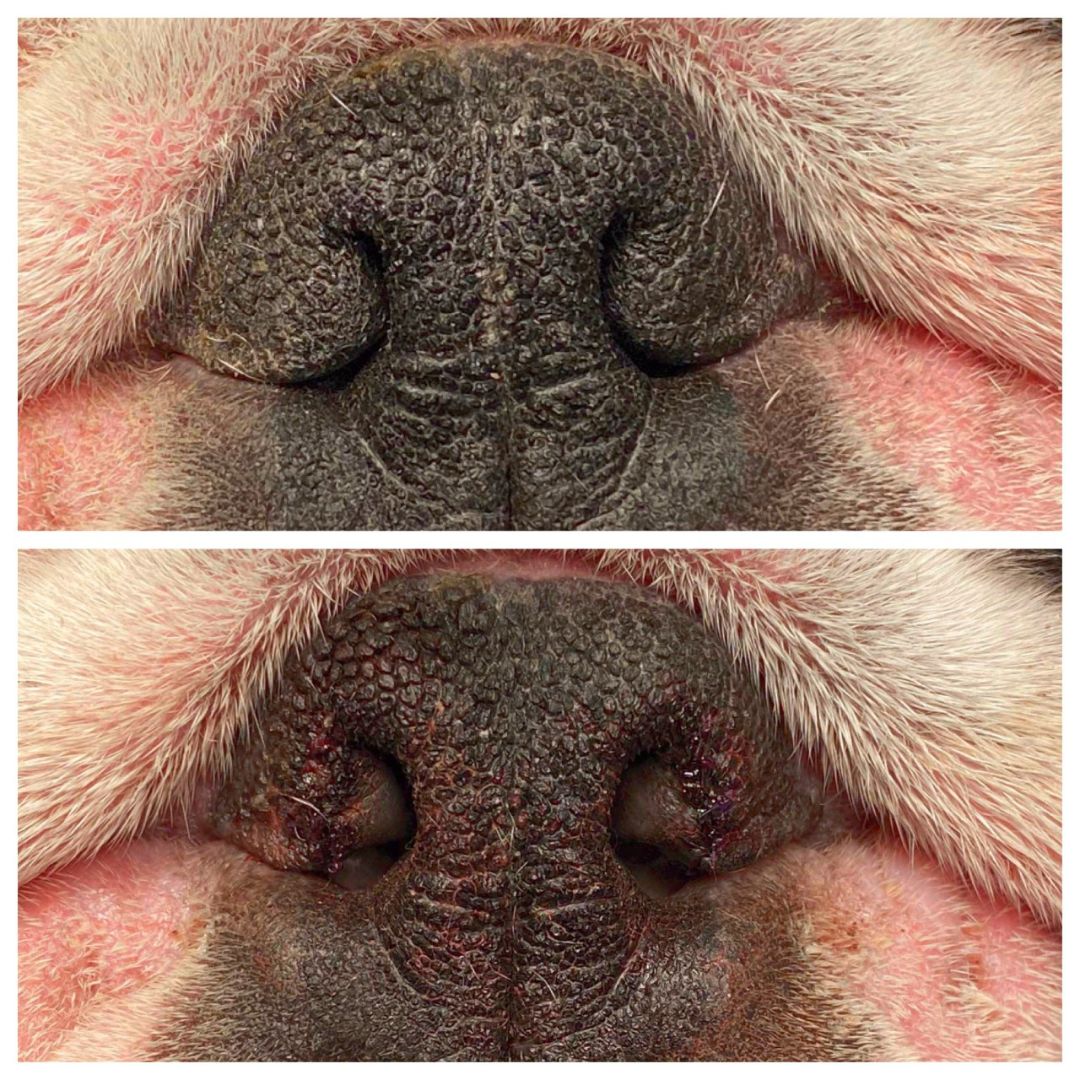Surgery
Scroll below to learn more about Surgery at VERG!
VERG Brooklyn Surgery
Veterinary care has come a long way in recent years, and today’s animal patients can benefit from a wide range of diagnostic and treatment options. At VERG, we pride ourselves on providing great veterinary care for all our patients.
At VERG, we understand that your pet is a member of the family. That’s why we offer high-quality, compassionate pet surgery services. Whether your pet needs a routine procedure or something more complex, our team of experienced veterinarians will work to ensure a positive experience for both you and your pet. We also offer pain management options to help keep your pet comfortable during and after surgery. We understand that entrusting your pet to us is a big decision, and we take that responsibility seriously. Contact us today to learn more about our pet surgery services.
Orthopedic Surgery
- Arthroscopy
- Canine Hip Dysplasia (CHD)
- Cranial cruciate ligament rupture (CCL)
- Fracture stabilization
- Hip luxation
- Medial or Lateral Patella Luxation (MPL/LPL), or dislocated kneecap
- Musculotendinous injury treatment (strains, sprains, or trauma to soft tissue)
- Tibial Plateau Leveling Osteotomy (TPLO) surgery
- Osteoarthritis treatment
- Tibial Tuberosity Advancement (TTA)
Soft Tissue Surgery
- Biopsy
- Brachycephalic Airway Surgery
- Cystotomy
- Extrahepatic portosystemic shunt surgery
- Gastrointestinal surgery
- Laparoscopic Spay
- Laparoscopic Gastropexy
- Limb Amputation
- Liver Lobectomy
- Mass excision
- Splenectomy
- Thoracic Surgery
- Total Ear Canal Ablation (TECA)
TECA (Total Ear Canal Ablation)
What is a total ear canal ablation?
The ear is comprised of inner, middle, and external portions. The inner ear is responsible for balance and the connection of sound waves to the brain. The middle ear contains the tympanic bulla and eardrum. The external portions contain the ear canal and the pinna. A total ear canal ablation is the surgical removal of the entire ear canal. A second procedure, called a bulla osteotomy, is performed during the same surgery. By opening and clearing the bulla of all infected material combined with the ear canal removal, the chances of future infection are greatly decreased.
Why is the surgery performed?
Ear canal removal is most commonly performed in Spaniel breeds, in which chronic ear infections often occur. Chronic ear pain may lead to lethargy, inappetence, and frequent scratching at the ear. Once medical therapy is no longer effective in controlling ear canal infections, surgical removal of the entire ear canal is indicated to eliminate the pain and bad odor that is associated with this condition. Total ear canal ablation is the treatment of choice in most cases of cancer within the external ear canal. Depending on the aggressiveness of the tumor, removing the ear canal along with the tumor can be curative.
What will the ear look like after surgery?
The cosmetic result following surgery is excellent. Once the incision heals and the hair regrows, it is very difficult to notice that surgery has been performed. Other than the absence of the ear canal, all other structures of the ear are left undisturbed.
What is post-operative care?
Most pets recover quickly following ear canal removal. Strict rest is advised for two weeks to ensure incision healing but most patients seem eager to return to full activity long before this period of rest is complete.
Are there any risks or complications?
The sense of hearing will be decreased following surgery; however, many owners do not notice a significant change. Patients typically have a history of diminished hearing prior to surgery due to chronic inflammation and thickening of the ear canal. Temporary damage to the facial nerve may occur during surgery, which leads to a loss of the blink reflex for two to four weeks, so eye lubrication is required to moisten and protect the eye. Permanent facial nerve damage is possible but very rare. Infection and/or abscess formation may occur up to two years after surgery; the risk of this occurring is 5 to 10 percent. Other less common complications include signs of inner ear disease (circling, head tilt, abnormal eye movement) and difficulty eating due to jaw pain. Most of these complications resolve with time and rest.




